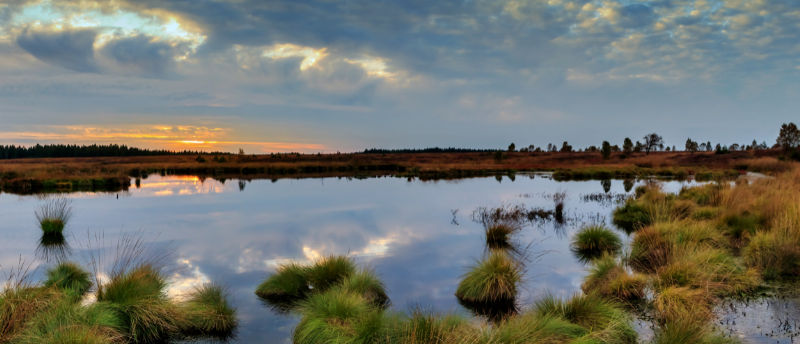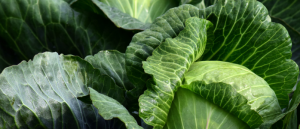Plants grow their own snorkel to breathe underwater

Researchers begin to uncover the mechanism that enables wetland plants to survive, hoping to develop agricultural crops that are more resilient to extreme weather caused by climate change.
Plants growing in soil with a high-water content form air channels called aerenchyma to cope with being underwater. Takaki Yamauchi and Mikio Nakazano from Nagoya University (Japan) have combined the findings from two of their previous papers to understand the underlying mechanism of lysigenous aerenchyma formation. This information could lead to the production of more robust agricultural crops.
Aerenchyma form in leaves, stems and roots of plants and facilitate the movement of gases such as oxygen, carbon dioxide, ethylene and methane when part of the plant is underwater. There are different types of primary aerenchyma, including schizogenous aerenchyma, caused by cell separation and expansion, and lysigenous aerenchyma that result from cell death. Nakazano and Yamauchi’s paper focuses on the latter.
These air channels can support plants in other extreme conditions, such as periods of drought or nutrient deficiency, as they reduce the energy needed for “breathing” processes. “If we can genetically control the timing and amount of lysigenous aerenchyma formation in roots of all agronomically important crops, such as maize, wheat and soybean, the global production loss could be dramatically reduced,” explains Nakazono.
In a flood, the roots of a plant are cut off from the air and, therefore, carbon dioxide, oxygen and other essential gases. To cope with this, the lysigenous aerenchyma behaves like a snorkel and transports gases by connecting the roots and other areas of the plant submerged underwater to the parts that remain exposed to the air.
 First characterization of phytochromes leads to new understanding of black rot disease
First characterization of phytochromes leads to new understanding of black rot disease
Researchers characterize the bacteria responsible for black rot disease in cruciferous crops at an atomic scale, hoping this could pave the way to preventative measures against it.
Nakazono and Yamauchi noted that the plant hormone auxin was needed to form lysigenous aerenchyma during normal root growth, and two additional factors led to the flood response, respiratory burst oxidase homolog (RBOH) and reactive oxygen species (ROS). These observations were made using a transient coexpression assay, followed by detection of ROS species in the plant Nicotiana benthamiana to make these.
During flooding, wetland plants form cavities that transport air from above the water to the submerged roots. These cavities develop in aerobic conditions and are further induced during periods of oxygen deficiency, when they are underwater, which restricts gas exchange causing ethylene to build up. The increased ethylene results in the production of the enzyme RBOH, which is responsible for producing ROS. ROS prompts cell death, and therefore, the formation of these air channels.
Some plants have calcium-dependent protein kinases, meaning the RBOH can be activated by the presence of calcium, which triggers the production of ROS. This mechanism is only observed after prolonged oxygen deficiency.
Lysigenous aerenchyma mainly form in plants growing in wet areas but can also be found in plants in dry or nutrient deficient places. The researchers found that low concentrations of essential nutrients – such as nitrogen and phosphorous – increased ethylene sensitivity and prompts lysigenous aerenchyma formation. “The increase in ethylene sensitivity could be an effective strategy to stimulate aerenchyma formation in the absence of restricted gas diffusion,” explains Yamauchi.
Ethylene was also found to trigger lysigenous aerenchyma in maize plants, suggesting this could be developed into a method to improve agricultural crops’ resistance to flooding and other extreme conditions. The exact mechanisms of the formation of these air channels remain uncertain, but these plant snorkels could better food security in extreme weather conditions, which is especially important due to climate change.